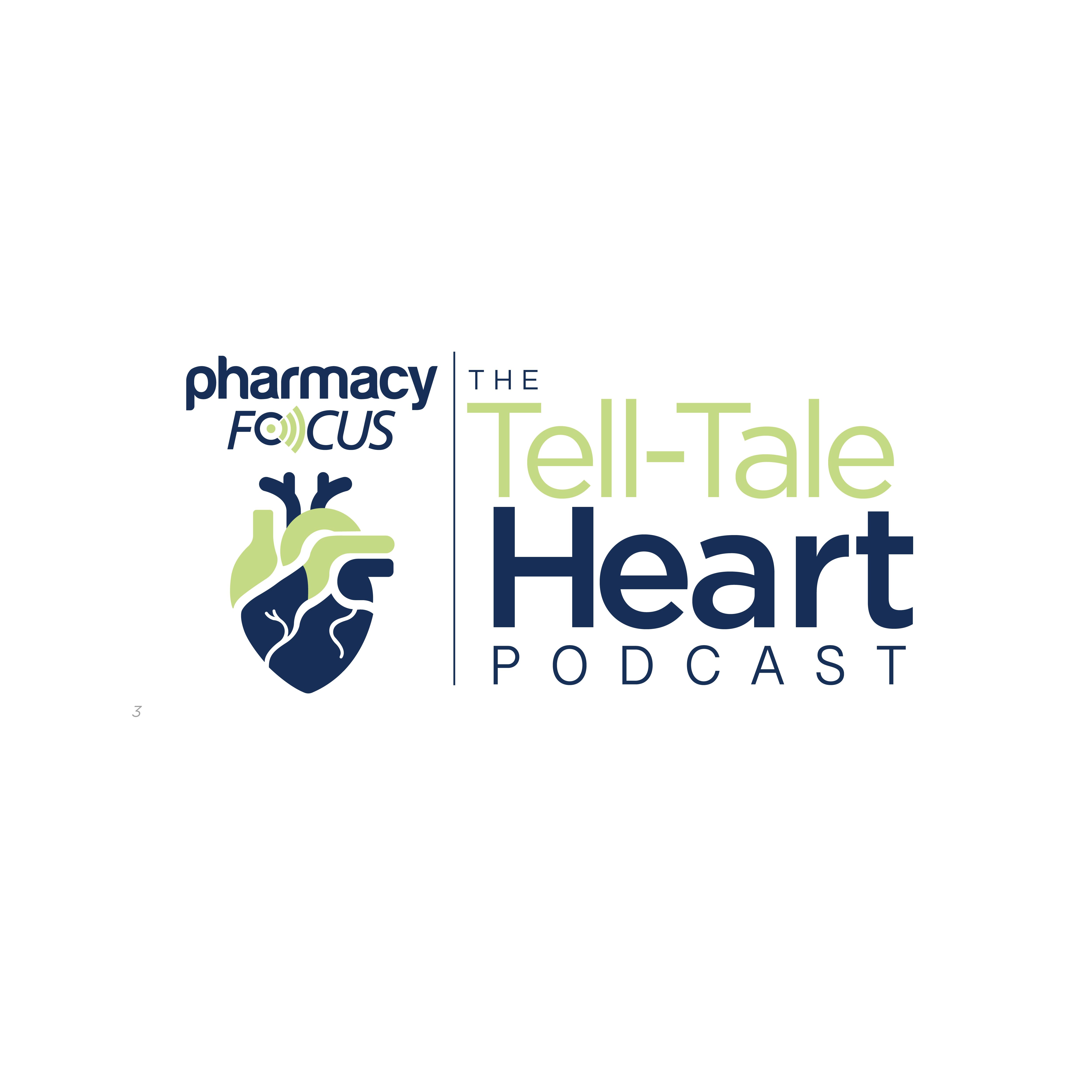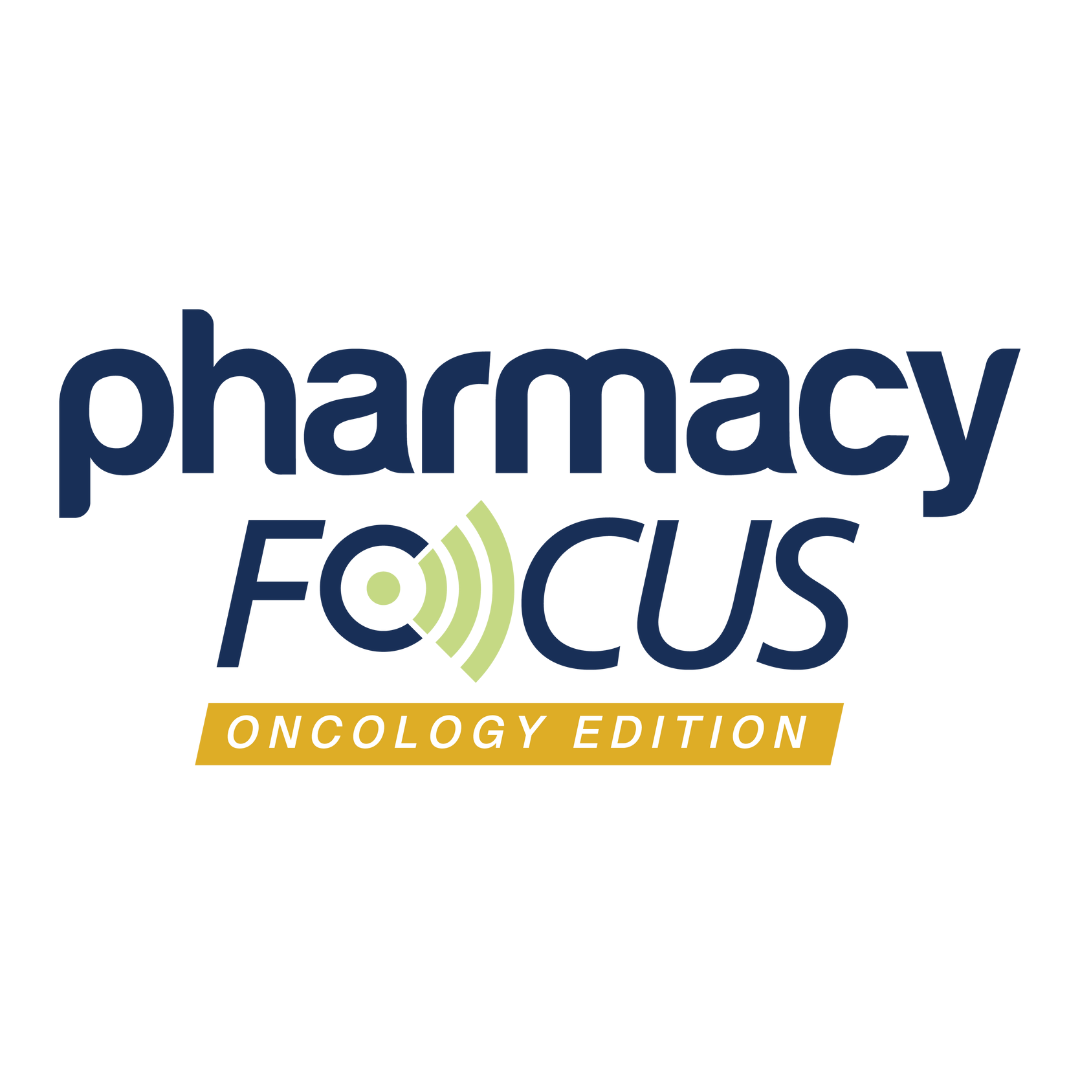Each summer, a predictable shift takes place in teaching hospitals across the country: a fresh class of medical residents, fellows, and pharmacy trainees arrives, eager and energetic—but often unfamiliar with hospital systems, workflows, and medication safety protocols. Although this seasonal transition is vital for education and growth, it is also accompanied by a well-documented rise in ordering errors, sometimes referred to as the “July Effect.”1-3
From a pharmacist’s perspective, the beginning of the academic year represents both an opportunity and a challenge. It’s a time when our role as patient safety advocates is most visible—and most needed. Through intentional collaboration, structured education, and system-level safeguards, pharmacy departments can play a pivotal role in helping new learners transition smoothly while minimizing risk to patients.2
At our institution, an academic medical center with both PGY1 and PGY2 pharmacy residents as well as multiple medical and surgical fellowship programs, we’ve observed several recurring themes in ordering errors during July and August. Many of these stem from lack of familiarity with our electronic health record (EHR), Epic, and the specific workflows used to place medication orders:
- Selecting non-formulary or research-limited medications: New prescribers often search for a medication and select the first option they see, which may include investigational drugs listed for Institutional Review Board protocols. These selections can bypass clinical approval pathways and lead to delays in therapy.
- Incorrect formulations for the intended route: Oral liquids being ordered for intravenous or nebulized use is a common error, especially when residents are unaware of available routes or don’t double-check the formulation.
- Omission of preservative-free products: In scenarios like neonatal care or intrathecal administration, preservative-free formulations are essential. Errors often occur when new prescribers are unaware of these nuances or if the EHR doesn’t clearly flag route-based requirements.
These errors are rarely due to carelessness. They usually reflect gaps in EHR navigation skills, limited familiarity with institutional formulary nuances, and the pressure to act quickly in fast-paced clinical environments.
Recognizing these patterns, our pharmacy department has implemented several proactive strategies to support incoming learners and reduce preventable errors:
- Participation in resident and fellow orientation: Pharmacy staff lead dedicated sessions for new medical trainees on how to navigate Epic’s BEACON chemotherapy plans and standard medication ordering workflows.
- Quick tips and job aids: We've developed laminated pocket cards and digital tip sheets with ordering “dos and don’ts,” emphasizing medication routes, common safety flags, and how to identify the correct version of a drug.
- Early presence on rounds: For high-risk services, pharmacists join rounding teams early in the academic year to support clinical decision-making and provide on-the-spot teaching around ordering workflows.4
Our experience shows that technology can either contribute to or prevent ordering errors—depending on how it’s configured. Working with informatics and Epic analysts, pharmacy teams can advocate for system-level safeguards. These include deprioritizing investigational or nonformulary medications in search results, embedding warnings for route-specific formulations, and defaulting to preservative-free for flagged indications.5
About the Author
Nan Li, PharmD, is a clinical oncology pharmacist at University of Chicago Medicine (UCMC), specializing in the outpatient management of thoracic oncology. She is actively involved in clinical coordination, supportive care optimization, and formulary management. Li completed her post-residency training at UCMC and now serves as a co-preceptor for oncology residents and contributes to institutional initiatives focused on quality improvement in cancer care.
Technology and teaching are only part of the solution. Equally important is the pharmacy team’s interpersonal presence and approachability. Introducing pharmacists early as allies fosters a culture of learning and open communication. Encouraging questions builds psychological safety and helps learners catch their own mistakes before they reach patients. Finally, modeling collaboration for pharmacy residents reinforces a shared responsibility for patient safety.
Transitions are hard, but predictable. With thoughtful planning, pharmacy departments can play a key role in smoothing the path for new learners while protecting patients from preventable harm. By combining proactive education, strategic technology use, and a supportive culture, we can transform the 'July effect' from a warning sign into a call to collaborate.
Let’s make sure our newest team members don’t just survive their first month—they thrive in it.
REFERENCES
1. Phillips DP, Barker GE. A July spike in fatal medication errors: a possible effect of new medical residents. J Gen Intern Med. 2010;25(8):774-779.
2. Kohn LT, Corrigan JM, Donaldson MS. To Err Is Human: Building a Safer Health System. National Academy Press; 2000.
3. Farley DO, Haviland A, Champagne S, et al. Adverse-event-reporting practices by US hospitals: results of a national survey. Qual Saf Health Care. 2008;17(6):416-423.
4. Weingart SN, Seger AC, Feola N, Bates DW. Pharmacist participation in medical rounds and adverse drug events in the intensive care unit. JAMA. 1998;279(4):321-326.
5. Graber ML, Wachter RM, Cassel CK. Bringing diagnosis into the quality and safety equations. JAMA. 2012;308(12):1211-1212.







